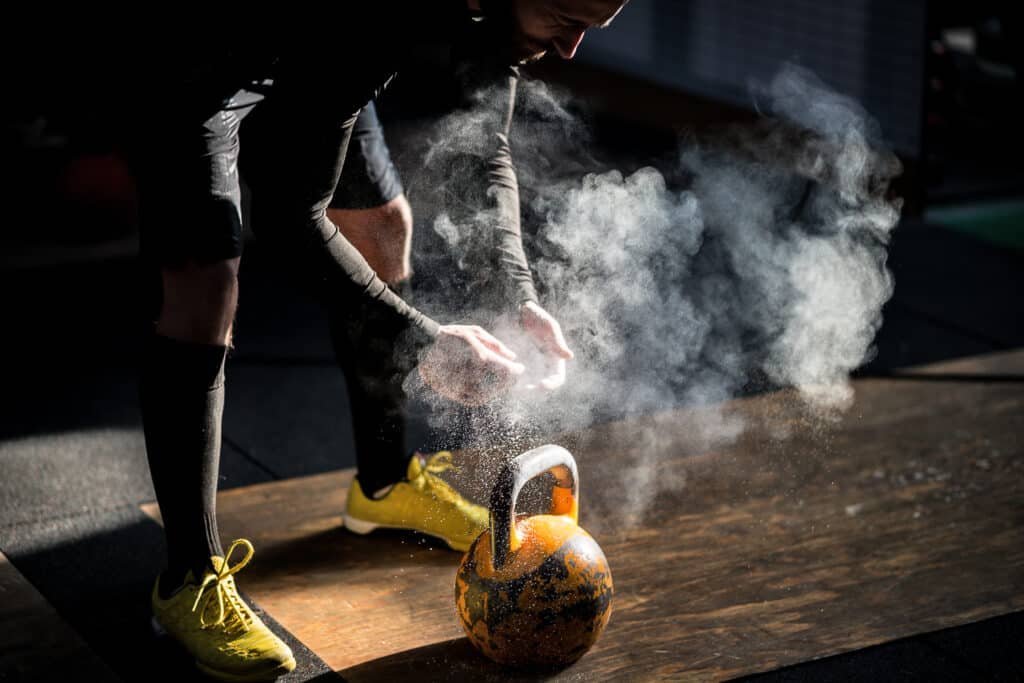Share on
Let’s cut through the noise and get straight to the gains, shall we? As someone who’s spent more time in the gym than most people spend binge-watching their favorite shows, I’m here to drop some knowledge on full body workouts. Trust me, I’ve been around the iron long enough to separate the facts from the bro-science.
Full body workouts are like the Swiss Army knife of fitness routines – versatile, efficient, and damn effective when used correctly. Whether you’re a newbie looking to make your first gains or a seasoned lifter trying to break through a plateau, this guide’s got you covered. So, strap in and prepare to learn how to transform your physique without living in the gym.
Key Takeaways
- Full body workouts target all major muscle groups in a single session, offering time efficiency with just 3 workouts per week.
- Compound movements form the backbone of effective full body routines, complemented by bodyweight and isolation exercises.
- Scientific evidence supports the effectiveness of full body workouts for strength gains, muscle hypertrophy, and cardiovascular benefits.
- Proper nutrition and recovery strategies are crucial for maximizing the benefits of full body workouts.
Table of Contents

Introduction to Full Body Workouts
Definition and Benefits
Full body workouts are the fitness equivalent of killing multiple birds with one stone. These comprehensive routines target all major muscle groups in a single session, making them a godsend for those of us who don’t have time to live at the gym. Imagine hitting your chest, back, legs, and arms all in one go – that’s the beauty of a full body workout.
One of the most attractive aspects of full body workouts is their time efficiency. You can reap significant benefits with just three workouts per week. This isn’t just convenient; it’s backed by science. Studies have shown that full body workouts can lead to impressive muscle growth and strength gains across all experience levels.
But wait, there’s more! Full body workouts aren’t just about building beach muscles. They also improve overall coordination and maintain strength across your entire body. It’s like teaching your muscles to work together in harmony – think of it as a symphony of gains.
Advantages Over Split Routines
Now, I know what some of you are thinking: “But Professor, I thought I needed to dedicate entire days to chest or legs to see real progress!” Well, let me blow your mind a little. While split routines have their place, full body workouts offer some distinct advantages.
First off, let’s talk frequency. With a full body routine, you’re hitting each muscle group multiple times per week. This increased frequency can lead to better overall muscle growth and strength gains. It’s like giving your muscles more opportunities to grow – and who doesn’t want that?
Recovery is another big win for full body workouts. By spreading the workload across your entire body, you’re less likely to overwork any single muscle group. This means less soreness and more consistent progress. It’s the difference between feeling like you’ve been hit by a truck after leg day and being able to actually walk up stairs without wincing.
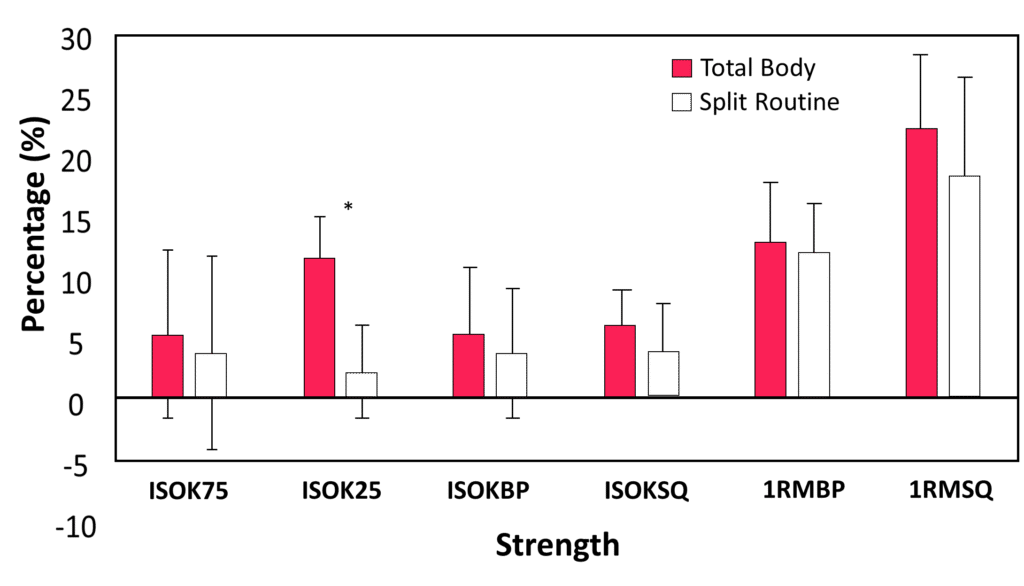
But don’t just take my word for it. Bartolomei et al. (2021) showed significant increases in strength gains in 10 weeks of full body training compared to a split routine. We’re talking gains that would make even the most dedicated bro-split enthusiast reconsider their approach.
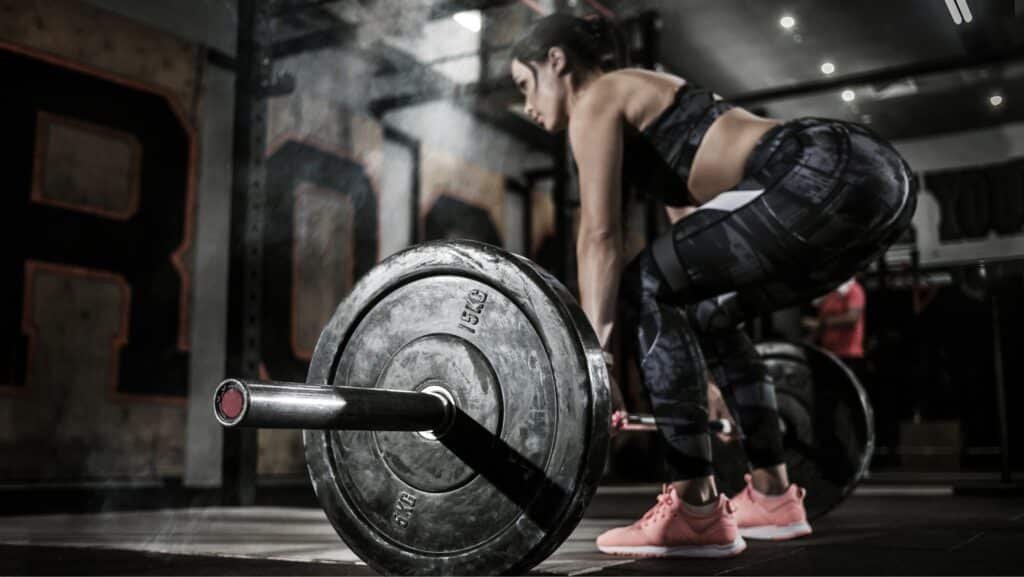
Essential Exercises for a Full Body Workout
Compound Movements
Alright, let’s get to the meat and potatoes of any solid full body workout – compound movements. These are the heavy hitters, the exercises that give you the most bang for your buck. We’re talking about squats, deadlifts, and bench presses – the holy trinity of strength training.
Squats are the king of exercises, and for good reason. They work everything from your quads to your core, and even your upper body if you’re doing them right. Here’s a quick guide to proper squat form:
- Start with the bar across your upper back, not on your neck.
- Feet shoulder-width apart, toes slightly turned out.
- Bend at the hips and knees, lowering your body as if sitting back into a chair.
- Keep your chest up and your core tight.
- Lower until your thighs are parallel to the ground (or as low as you can with good form).
- Drive through your heels to stand back up.
-
Deadlifts are another powerhouse move. They’re basically a full body workout in one exercise. Here’s how to nail them:
- Stand with feet hip-width apart, bar over your mid-foot.
- Bend at the hips and knees to grip the bar just outside your legs.
- Lift your chest and flatten your back.
- Drive through your heels, extending your hips and knees to stand up with the weight.
- Lower the bar by hinging at the hips and bending the knees.
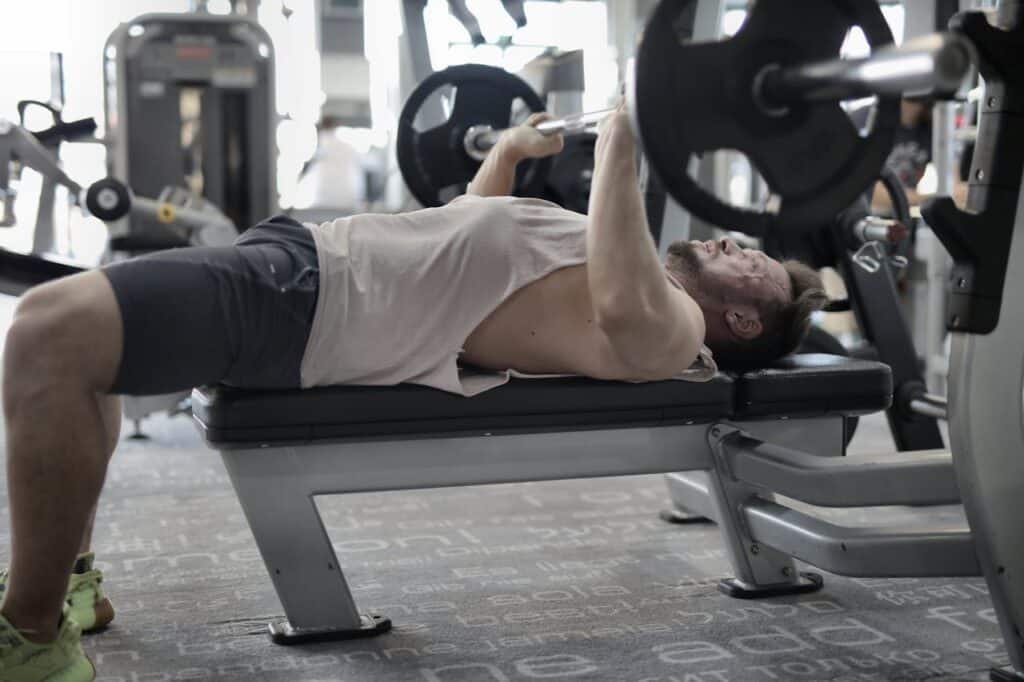
Last but not least, the bench press. It’s not just for bros who skip leg day. Here’s the lowdown:
- Lie on the bench with your eyes under the bar.
- Grip the bar slightly wider than shoulder-width.
- Unrack the bar and lower it to your mid-chest.
- Keep your wrists straight and elbows at about a 45-degree angle to your torso.
- Press the bar back up to the starting position.
Now, I know what you’re thinking – “These exercises look tough!” And you’re right, they are. But they’re also incredibly effective. Studies have shown that incorporating squats into a full body routine can lead to a 25.5% increase in 1RM (one-rep max) strength. That’s not just impressive; it’s downright spectacular.
Bodyweight Exercises
Don’t think you need a fully equipped gym to get a killer full body workout. Bodyweight exercises are like the unsung heroes of fitness – often overlooked, but incredibly effective when done right.
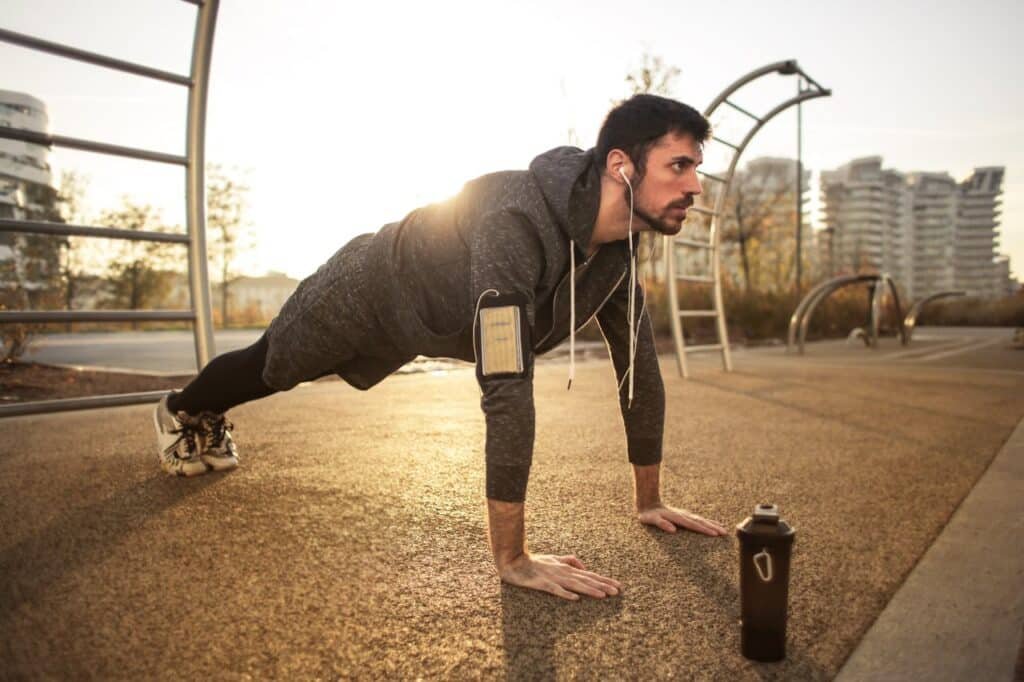
Let’s start with the classic push-up. It’s not just for military boot camps, you know. Here’s how to do them properly:
- Start in a plank position, hands slightly wider than shoulder-width.
- Lower your body until your chest nearly touches the floor.
- Keep your core tight and your body in a straight line.
- Push back up to the starting position.

Pull-ups are another fantastic bodyweight exercise. They’re tough, but they’re worth it. Here’s the technique:
- Grip the bar with hands slightly wider than shoulder-width, palms facing away.
- Hang with arms fully extended.
- Pull yourself up until your chin is over the bar.
- Lower yourself back down with control.
And let’s not forget burpees – the exercise everyone loves to hate. Here’s how to do them (and why you should):
- Start in a standing position.
- Drop into a squat and place your hands on the floor.
- Kick your feet back into a plank position.
- Do a push-up.
- Jump your feet back to your hands.
- Explode up into a jump with your hands over your head.
These exercises are great because they can be modified for different fitness levels. Can’t do a full push-up? Start on your knees. Pull-ups too tough? Use a resistance band for assistance. The key is to start where you are and progressively challenge yourself.
Incorporating these bodyweight exercises into your full body routine adds variety and helps improve functional strength. Plus, you can do them anywhere – no excuses about not having access to a gym!
Isolation Exercises
Now, I know some of you are thinking, “But Professor, what about my bicep curls?” Don’t worry, I haven’t forgotten about isolation exercises. While compound movements should form the backbone of your full body workout, isolation exercises have their place too.
Isolation exercises target specific muscles, helping to round out your physique and address any imbalances. They’re like the finishing touches on a masterpiece. Let’s look at a couple of examples:
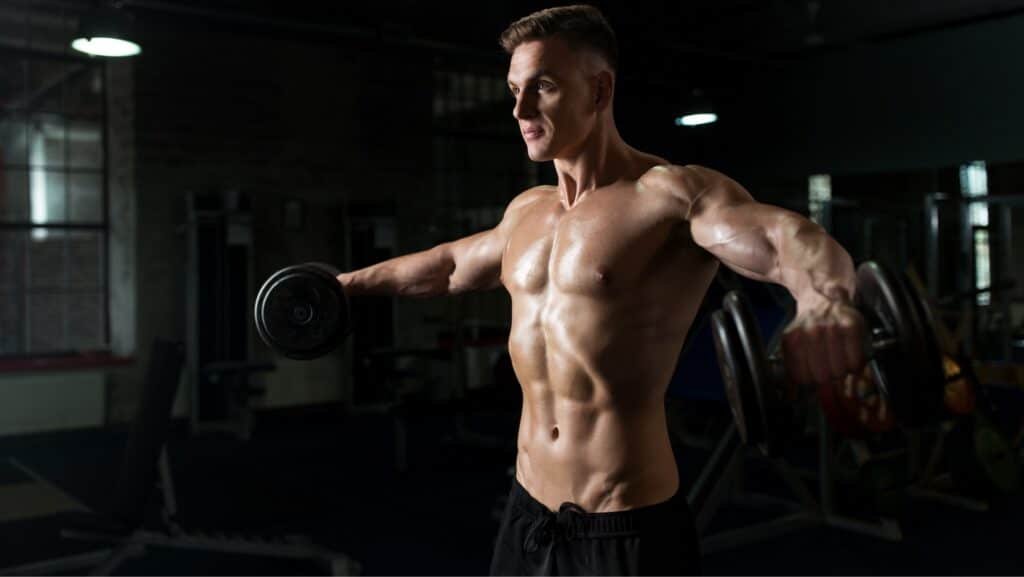
Dumbbell Lateral Raises
- Stand with a dumbbell in each hand at your sides.
- Keeping a slight bend in your elbows, raise the dumbbells out to the sides until they’re at shoulder level.
- Lower them back down with control.
This exercise targets your lateral deltoids, giving you that nice shoulder cap that makes your upper body look wider.
Incline Dumbbell Kickbacks
- Lean on a bench with one knee and the same-side hand for support.
- Hold a dumbbell in your other hand, upper arm parallel to your torso.
- Extend your arm back, straightening your elbow.
- Lower the weight back to the starting position.
When incorporating isolation exercises into your full body workout, balance is key. You don’t want to spend all your time on bicep curls and neglect the big compound movements. A good rule of thumb is to do your compound exercises first when you’re fresh, then finish with a few isolation moves.
Remember, proper form is crucial for isolation exercises. It’s not about how much weight you can swing around – it’s about feeling the target muscle work. So check your ego at the door and focus on quality over quantity.
| Exercise Type | Examples | Primary Benefits | Place in Workout |
|---|---|---|---|
| Compound Movements | Squats, Deadlifts, Bench Press | Overall strength, muscle mass, calorie burn | Beginning of workout |
| Bodyweight Exercises | Push-ups, Pull-ups, Burpees | Functional strength, convenience, scalability | Middle of workout |
| Isolation Exercises | Lateral Raises, Tricep Kickbacks | Muscle definition, addressing imbalances | End of workout |
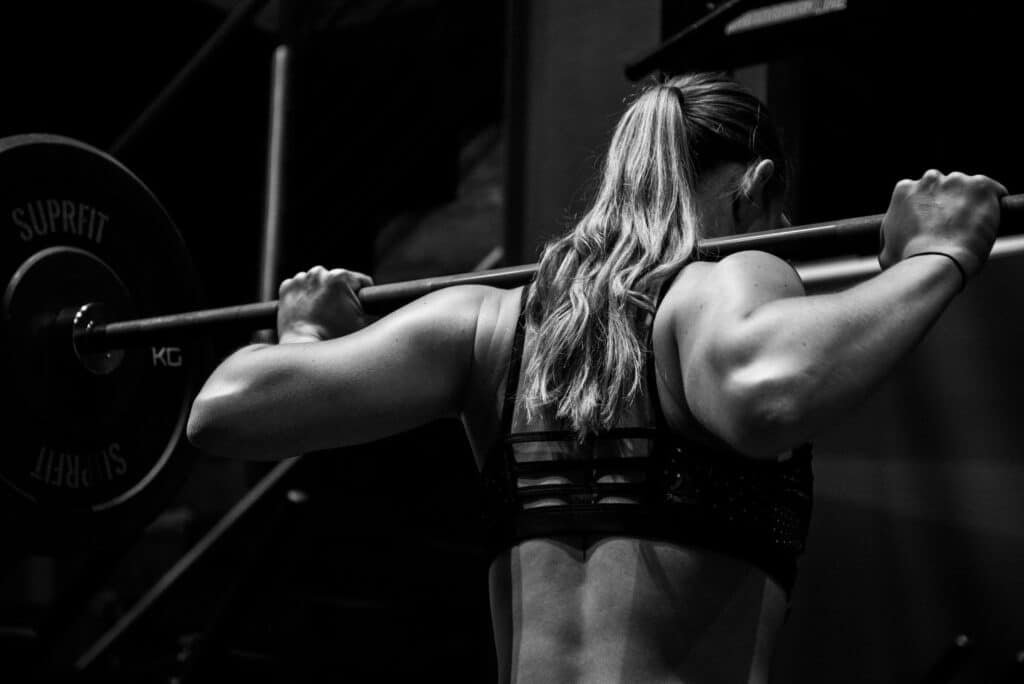
Sample Full Body Workout Routines
Beginner Routine
Alright, newcomers, listen up. This beginner routine is designed to get you started on the right foot. It’s challenging enough to stimulate growth, but not so tough that you’ll be cursing my name the next day (well, maybe a little).
Here’s your beginner-friendly full body workout plan:
- Squats: 3 sets of 8-10 reps
- Rest 90 seconds between sets
- Push-ups: 3 sets of 8-12 reps (or to failure)
- Rest 60 seconds between sets
- Dumbbell Rows: 3 sets of 10-12 reps per arm
- Rest 60 seconds between sets
- Lunges: 2 sets of 10-12 reps per leg
- Rest 60 seconds between sets
- Plank: 3 sets, hold for 20-30 seconds
- Rest 45 seconds between sets
Perform this workout three times a week, with at least one day of rest between sessions. As for progression, once you can comfortably complete the upper range of reps for all sets, it’s time to increase the challenge. For weighted exercises, bump up the weight by 5-10%. For bodyweight exercises, try a more difficult variation or add more reps.
Remember, proper form is crucial, especially when you’re just starting out. It’s better to do fewer reps with good form than to cheat your way through more reps. Quality over quantity, people!
A few tips for beginners:
- Start with a proper warm-up to prepare your body for the workout.
- Focus on your breathing – exhale on the exertion phase of each exercise.
- Stay hydrated throughout your workout.
- Don’t be afraid to ask for help if you’re unsure about proper form.
Intermediate Routine
Ready to kick things up a notch? This intermediate routine is designed for those who’ve been around the block a few times and are looking for a new challenge. We’re going to introduce an A/B split to keep things interesting and stimulate new growth.

Workout A
- Barbell Bench Press: 4 sets of 6-8 reps
- Rest 90 seconds between sets
- Bulgarian Split Squats: 3 sets of 10-12 reps per leg
- Rest 60 seconds between sets
- Chest Supported Rows: 3 sets of 8-10 reps
- Rest 60 seconds between sets
- Dumbbell Lateral Raises: 3 sets of 12-15 reps
- Rest 45 seconds between sets
- Plank to Push-up: 3 sets of 8-10 reps
- Rest 60 seconds between sets
Workout B
- Barbell Deadlifts: 4 sets of 5-6 reps
- Rest 2 minutes between sets
- Incline Dumbbell Press: 3 sets of 8-10 reps
- Rest 60 seconds between sets
- Pull-ups (or assisted pull-ups): 3 sets of 6-8 reps
- Rest 90 seconds between sets
- Goblet Squats: 3 sets of 12-15 reps
- Rest 60 seconds between sets
- Tricep Dips: 3 sets of 10-12 reps
- Rest 45 seconds between sets
Alternate between Workout A and Workout B, performing each workout 1-2 times per week, with at least one day of rest between sessions. This gives you the flexibility to do either 3 or 4 workouts per week, depending on your schedule and recovery needs.
To progress from the beginner to intermediate level:
- Master the basics: Ensure you have proper form on all exercises before increasing intensity.
- Gradually increase volume: Add sets or reps before adding weight.
- Incorporate more complex movements: Like the Bulgarian split squats in this routine.
- Focus on mind-muscle connection: Really feel each exercise working the target muscles.
- Pay attention to tempo: Control the eccentric (lowering) portion of each lift.
Remember, the goal is consistent progress, not overnight transformation. Rome wasn’t built in a day, and neither is a great physique.
Advanced Routine
Alright, iron veterans, this one’s for you. If you’ve been lifting for years and are looking for a new challenge, this advanced full body routine will push you to your limits. We’re going to incorporate some advanced techniques to shock your muscles into new growth.
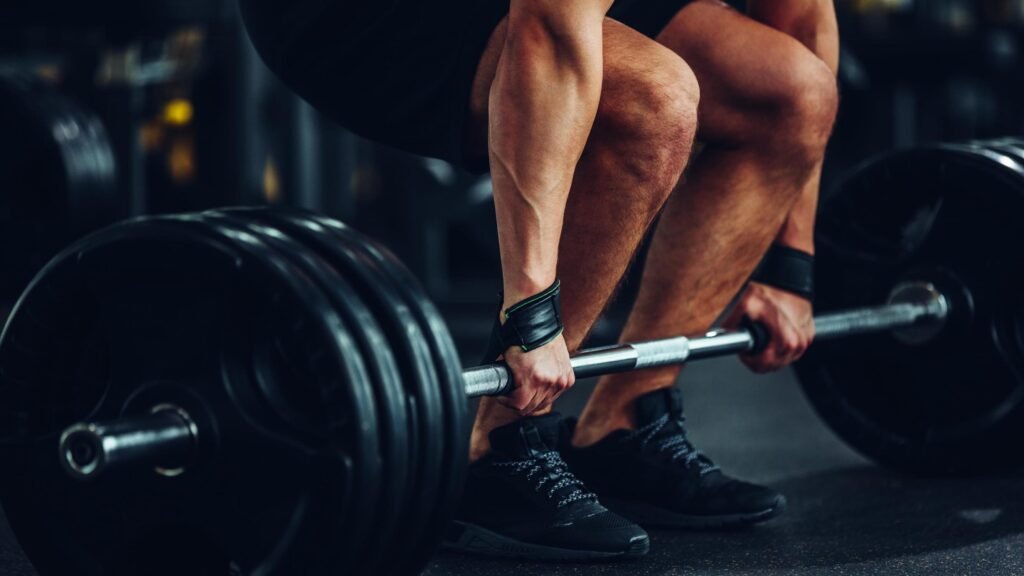
Workout A
- Barbell Back Squats: 5 sets of 5 reps (5×5)
- Rest 2 minutes between sets
- Weighted Pull-ups: 4 sets of 6-8 reps
- Rest 90 seconds between sets
- Incline Bench Press: 4 sets of 6-8 reps
- Rest 90 seconds between sets
- Romanian Deadlifts: 3 sets of 8-10 reps
- Rest 60 seconds between sets
- Superset: 3 rounds
- a) Dumbbell Shoulder Press: 10-12 reps
- b) Face Pulls: 15-20 reps
- Rest 60 seconds between supersets
Workout B
- Deadlifts: 5 sets of 3 reps (5×3)
- Rest 2-3 minutes between sets
- Front Squats: 4 sets of 6-8 reps
- Rest 90 seconds between sets
- Weighted Dips: 4 sets of 8-10 reps
- Rest 90 seconds between sets
- Barbell Rows: 4 sets of 8-10 reps
- Rest 60 seconds between sets
- Drop Set: 3 rounds
- Leg Press: Start with your 10RM, do 10 reps, reduce weight by 20%, rep to failure, reduce weight by 20% again, rep to failure
- Rest 2 minutes between drop sets
Alternate between Workout A and Workout B, performing each workout twice per week, with at least one day of rest between sessions. This gives you 4 high-intensity workouts per week.
To avoid plateaus and continue progressing:
- Periodize your training: Cycle between phases of higher volume and higher intensity.
- Incorporate advanced techniques: Like the supersets and drop sets in this routine.
- Vary your rep ranges: Mix in some higher rep sets for muscular endurance and lower rep sets for pure strength.
- Focus on weak points: Add extra volume for lagging muscle groups.
- Prioritize recovery: With this intensity, proper nutrition and rest are crucial.
Remember, at this level, progress comes slower and requires more attention to detail. Keep a training log to track your progress and make adjustments as needed.

Adaptive Workout Builder
Stop wasting your time without a plan
Use our Adaptive Wokrout Builder to create 12-week periodized training programs.
- Personalized training programs based on user input.
- Customizable workouts targeting specific goals.
- Dynamic adjustments to workouts as progress is tracked.
- Options to request technique tips and exercise substitutions.
- Insights into training volume, intensity, and other metrics.

Nutrition and Recovery for Full Body Workouts
Proper Nutrition
Alright, let’s talk fuel. You wouldn’t expect your car to run without gas, so don’t expect your body to perform without proper nutrition.
When it comes to full body workouts, your nutritional needs are going to be higher than if you were just sitting on the couch binge-watching your favorite show. Here’s a quick breakdown:
- Protein: Aim for about 1.6-2.2 grams per kilogram of body weight. This will give your muscles the building blocks they need to recover and grow.
- Carbohydrates: Don’t fear the carb! Your body needs them for energy. Aim for 3-5 grams per kilogram of body weight, focusing on complex carbs like whole grains, fruits, and vegetables.
- Fats: Yes, you need these too. Shoot for about 0.5-1 gram per kilogram of body weight, focusing on healthy sources like avocados, nuts, and fatty fish.
- Hydration: Water is your best friend. Aim for at least 3-4 liters per day, more if you’re sweating buckets in the gym.
Remember, these are general guidelines. Your specific needs may vary based on your goals, body composition, and activity level.
Recovery Strategies
Now, let’s talk about giving your body the TLC it needs after you’ve put it through the wringer.
- Sleep: This is where the magic happens. Aim for 7-9 hours per night. Your muscles grow when you’re sleeping, not when you’re in the gym.
- Active Recovery: On your rest days, try some light activity like walking or yoga. It can help reduce muscle soreness and improve recovery.
- Stretching and Mobility Work: Spend 10-15 minutes post-workout stretching. It can help improve flexibility and reduce the risk of injury.
- Stress Management: Chronic stress can impair recovery. Find ways to relax that work for you, whether it’s meditation, reading, or watching funny cat videos.
- Listen to Your Body: If you’re feeling excessively fatigued or sore, it might be time for an extra rest day. Remember, growth happens during recovery, not during the workout itself.
Conclusion
And there you have it, folks – the ultimate guide to full body workouts. We’ve covered everything from the basics to advanced techniques, backed it all up with science, and even talked about how to fuel and recover properly.
Remember, the best workout routine is the one you can stick to consistently. So give full body workouts a shot, track your progress, and don’t be afraid to adjust as needed. Your body is unique, and what works for one person might not work for another.
Now get out there and make those gains! And remember, in the immortal words of Arnold Schwarzenegger, “The worst thing I can be is the same as everybody else. I hate that.” So don’t be afraid to try something different – your muscles will thank you.

